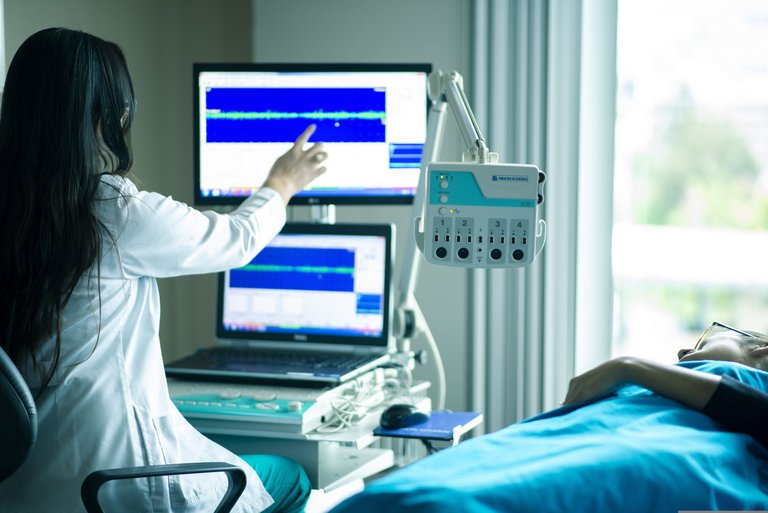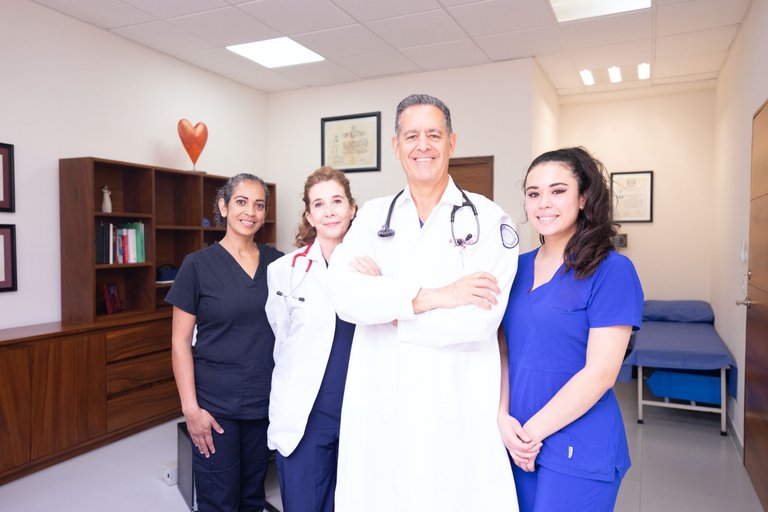Healthcare Associated Infection And How To prevent It.
Healthcare Associated Infections, formerly known as hospital acquired infections or nosocomial infections. This was a bit strange in terms of definition and hence now it is known as Healthcare Associated Infection and the reason for changing its terminology is that Healthcare Associated Infection means that the patient gets the infection through a healthcare worker or healthcare provider.

In some rare cases, this infection is also found in patients taking care from health care workers at home, so in such cases the hospital has no role. For this reason, hospital acquired infection is now known as healthcare associated infection or nosocomial infection.

Whenever a patient is admitted to the hospital, he wants to get the best treatment. He trusts his body to nursing, doctors and all healthcare workers. Doctors and nursing staff are the healthcare providers who come in maximum contact with the patients, but knowingly or unknowingly we do something to the patient that we do not even know about and we even put the patient's life in danger. In my language, I classify such healthcare providers as killer healthcare providers in the intensive care unit or that hospital facility.
Common Nososocial Infections in Healthcare Facilities :
CAUTI : Catheter Associated Urinary Tract Infection
CLABSI : Central Line Associated Blood Stream Infection
VAP : Ventilator Associated Pneumonia
SSI : Surgical Site Infection
These four are the most common and most dangerous infections in an intensive care unit or hospital facility, which can extend a patient's hospital stay by at least 8 to 10 days. I have even seen the patient losing his life( in term of sepsis) in a very serious case. Therefore, it is very important to prevent nosocomial infections. This mostly happens due to cross infection and the most responsible for this are the hospital physicians, assistants, nursing staff, doctors and some visitors. Hospital facilities and maintenance also play a significant role in nosocomial infections.
Suppose you go to the hospital for hip replacement or knee replacement surgery of your relative. After surgery, the patient is not in a condition to go to the washroom or the urine output is very low and at the same time, Foley's catheter has to be used for measurement, which means a tube has to be inserted in the patient's urinary tract through which the patient's urine comes out. It gets collected in the bag and the patient does not have to face the hassle of walking to the washroom and we can also measure urine output. We do this only for the treatment of the patient. Now, on the bed next to your relative who has undergone surgery, there is an infected patient who has many micro organisms i.e. bacteria, virus and fungus in or around his body. Healthcare providers touch the infected patient and their hands also get infected.

Now, those same healthcare providers intentionally or unintentionally touch your patient with alcohol-based liquid without cleaning their hands or touch the Foley's catheter and because of this, micro-organisms come onto your patient's catheter. Now these micro-organisms enter the urinary tract of the patient through the catheter and cause infection. In this way, cross infection enters your patient and starts increasing. Due to this, your patient will have fever, white cells in the blood will increase or decrease and if the patient's immunity is down, then this infection will quickly spread in the patient's body and this condition is called sepsis. If the patient is not treated with antibiotics on time, the patient may even die.
Team Work : To make infection control team which is work on infection prevention and control.
Hand Hygiene : This is one of the easiest and most common techniques which breaks the chain of infection.
Environmental Cleaning : Healthcare facility premises should not be congested and air filters should be installed.
Surface Disinfection : All hospital surfaces should be kept clean with antiseptic or antimicrobial solutions to prevent infection from being transmitted to healthcare providers or visitors.
Immunization : All healthcare providers should be immunized with the vaccine so that everyone can break the chain of infection spreading through the blood stream.
Surveillance Culture : Surveillance culture in the healthcare facility or campus should be used to keep track of infections in every department.
Isolation : To adhere Isolation protocol.
Antibiotic Resistance : To follow antibiotic stewardship program to prevent antibiotic resistance.
Man Power : Make sufficient healthcare providers for 1:1 ratio to prevent cross infection.
Designated Person : To appoint designated person who work only on infection prevention and control like Microbiologist(Infection Control Officer) or Infection Control Nurse(ICN)

- Healthcare is a very good profession and saving someone's life is the best deed in this world. So one should always work in such a way that people benefit without causing any harm. I know that no healthcare provider would want to harm the life of any patient, either knowingly or unknowingly. But sometimes we do this unknowingly due to which the patient who is expecting life from us gets harmed which no one would want. Here I have given some tips to prevent health care associated infections. Healthcare is a very good profession and saving someone's life is the best deed in this world. So one should always work in such a way that people benefit without causing any harm. I know that no healthcare provider would want to harm the life of any patient, either knowingly or unknowingly. But sometimes we do this unknowingly due to which the patient who is expecting life from us gets harmed which no one would want. Here I have given some tips to prevent health care associated infections.
- The purpose of sharing this article is to save people's lives by controlling nosocial infections. If you liked my article or you feel that reading my article can save a patient's life, then please share this article.

Thanks for your contribution to the STEMsocial community. Feel free to join us on discord to get to know the rest of us!
Please consider delegating to the @stemsocial account (85% of the curation rewards are returned).
You may also include @stemsocial as a beneficiary of the rewards of this post to get a stronger support.